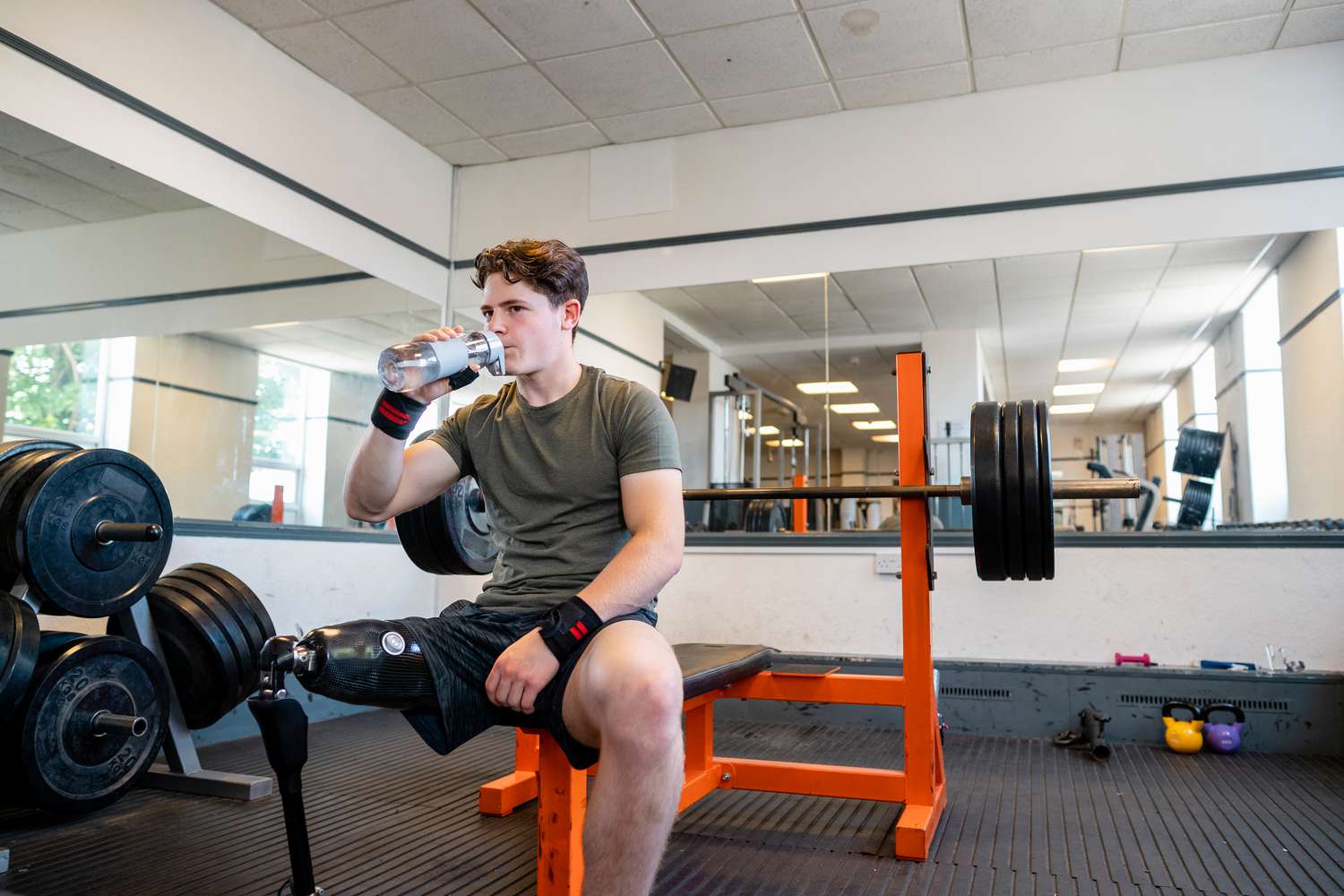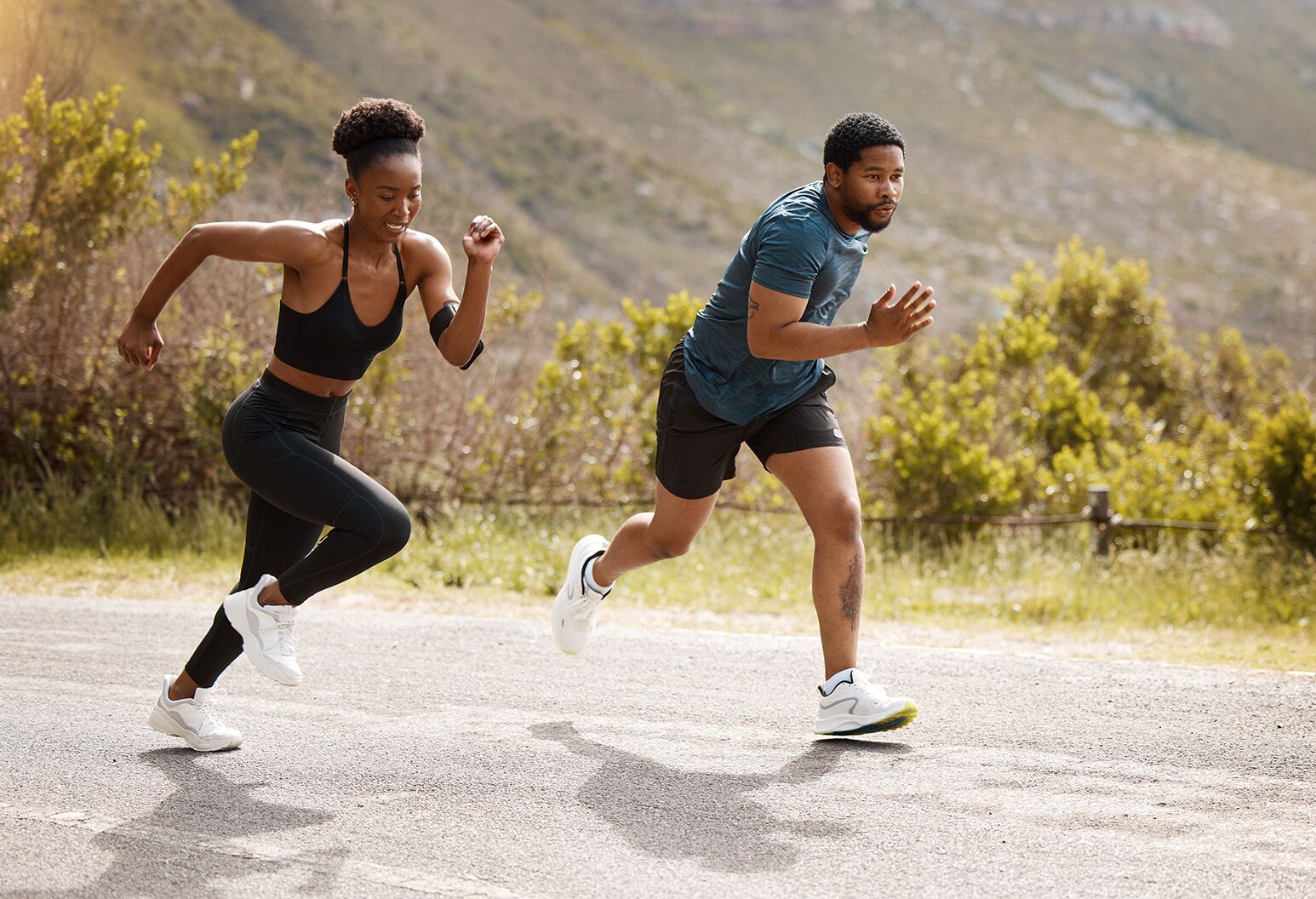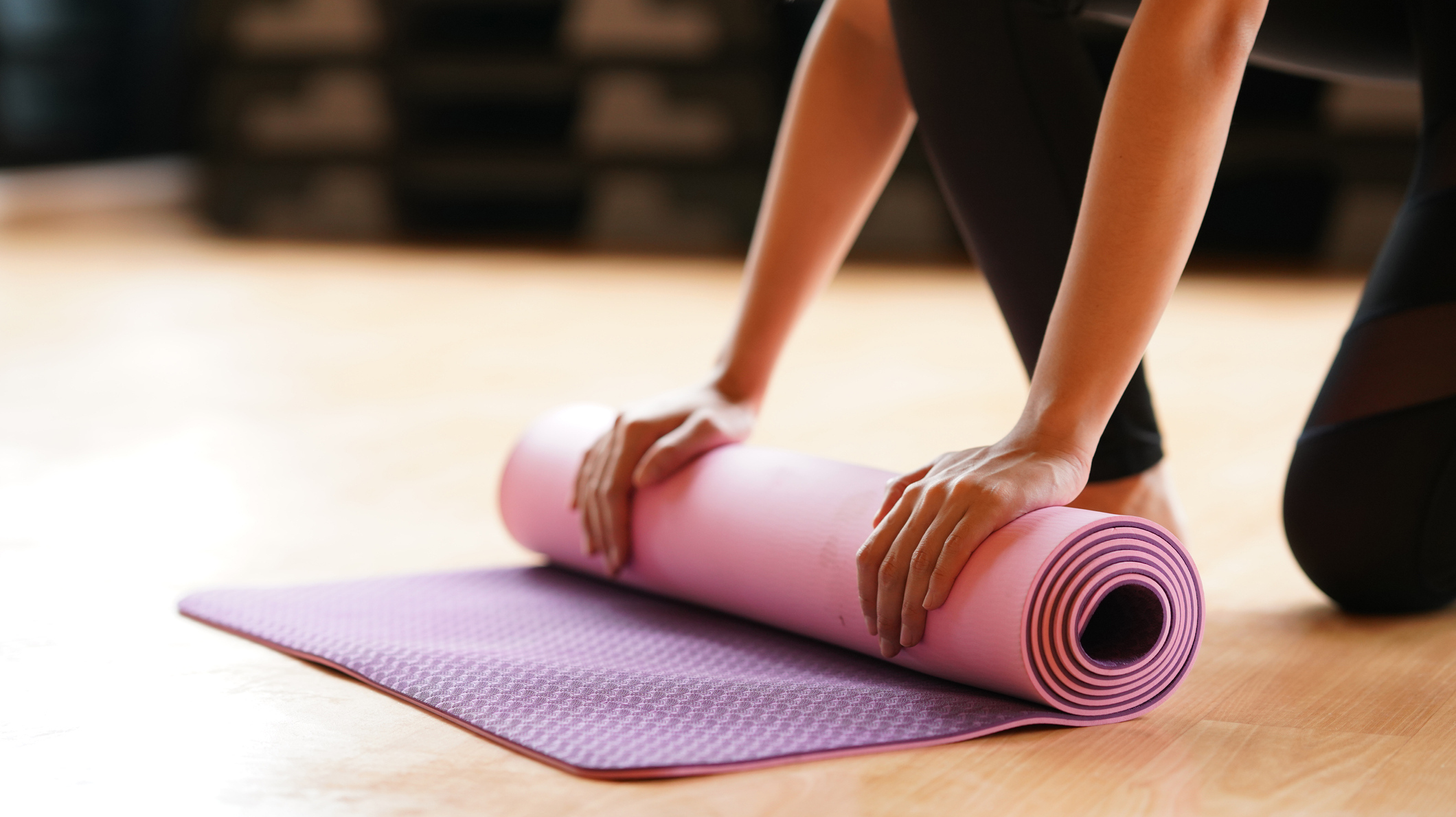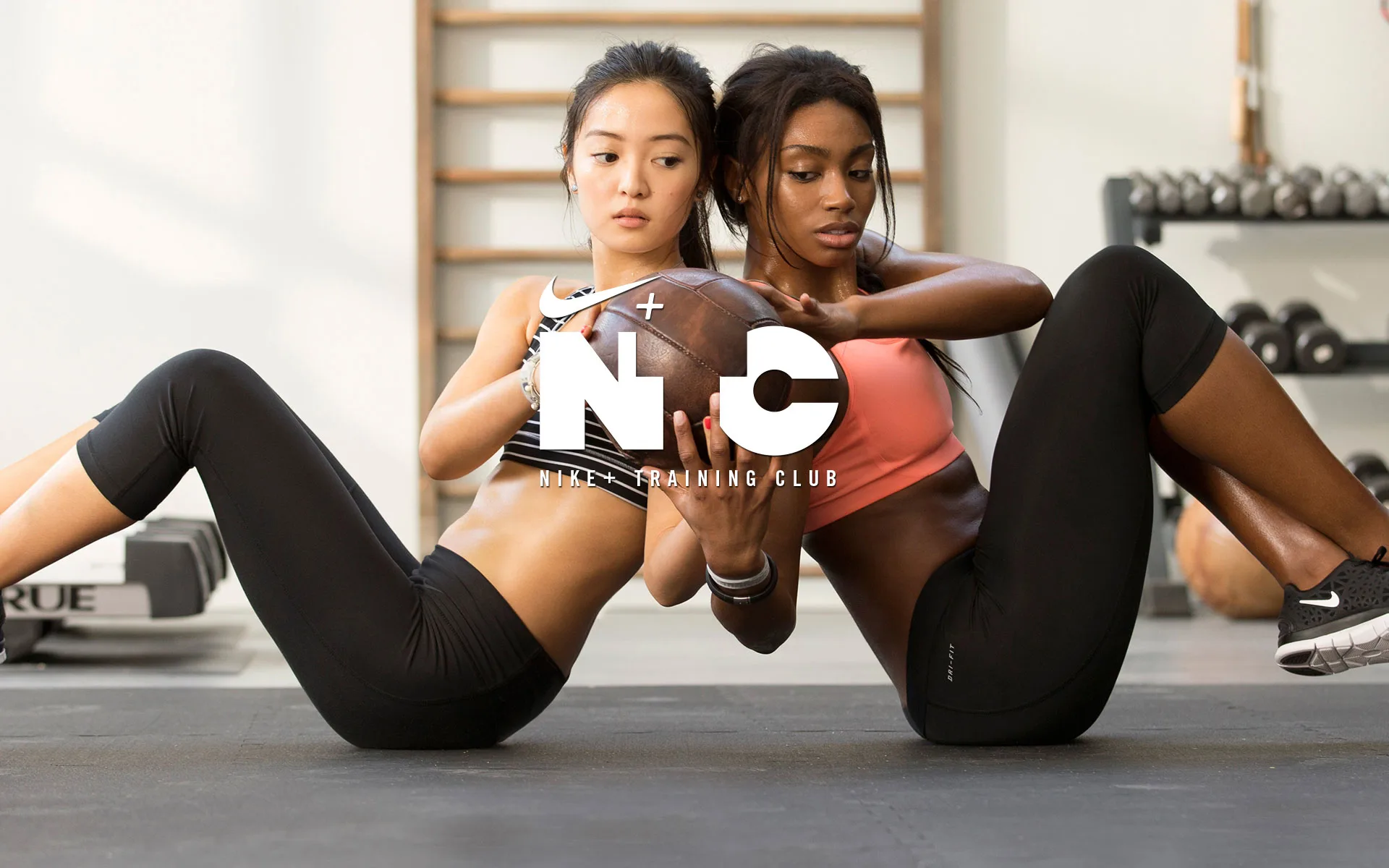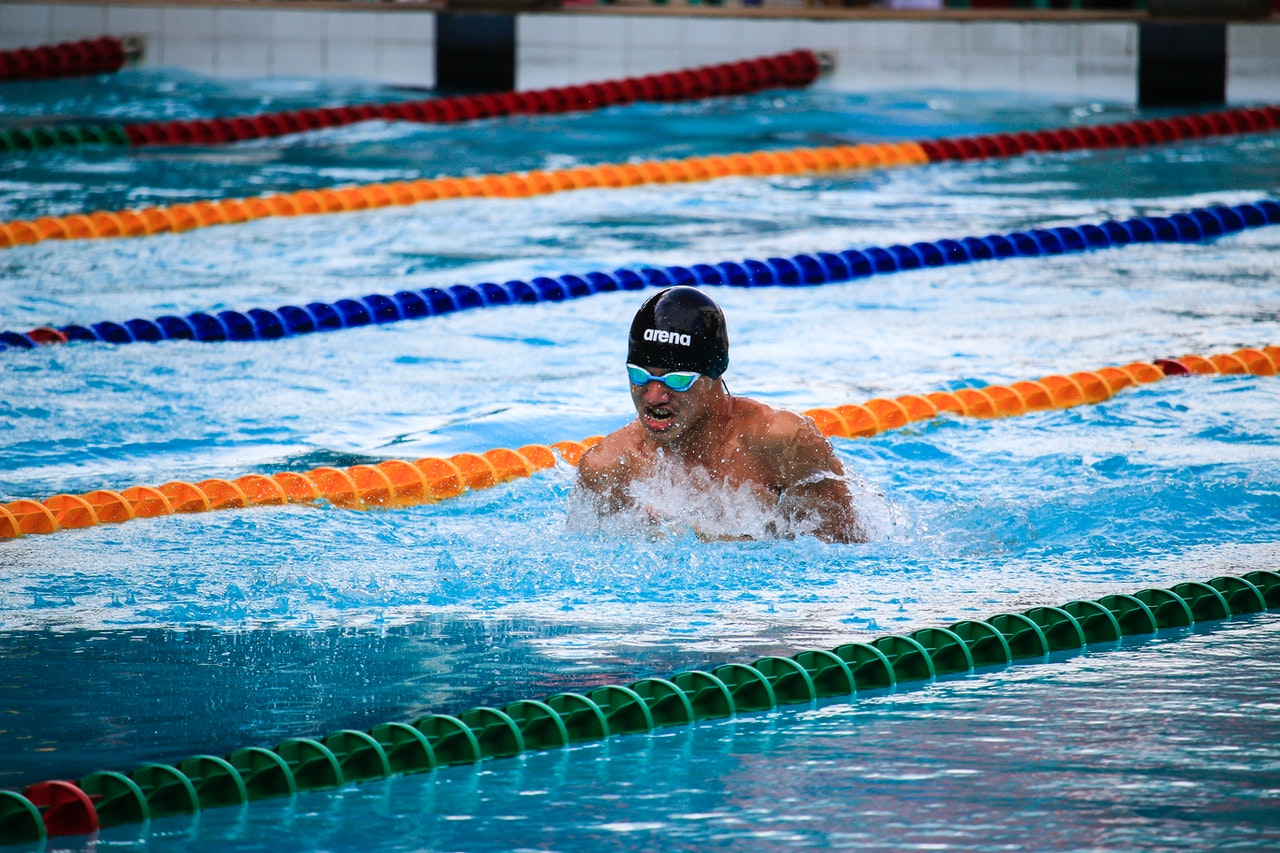Bodyweight training is a convenient and effective way to improve your fitness without needing a gym. With just your body as resistance, you can build strength, endurance, and flexibility anywhere. To maximize your bodyweight workouts, having the right gear can make a significant difference in your results and overall experience.
Whether you’re a beginner or looking to advance your fitness journey, specific equipment can support various exercises and help you target different muscle groups effectively. Lightweight mats, resistance bands, and pull-up bars are simple tools that enhance bodyweight training and can lead to greater gains.
As you explore the world of bodyweight exercises, understanding the essential gear you need will empower you to train confidently and efficiently. By incorporating these tools into your routine, you’ll be well-equipped to tackle new challenges and achieve your fitness goals.
Key Takeaways
- Simple gear can enhance your bodyweight exercises and overall performance.
- Having the right equipment supports different training levels, from beginners to advanced.
- Understanding equipment use can optimize your workout for specific fitness goals.
Fundamentals of Bodyweight Training
Bodyweight training focuses on using your own weight to build strength and improve conditioning. It is accessible and effective for all fitness levels. This section covers the key aspects to help you get started.
Understanding Bodyweight Exercise
Bodyweight exercises are great for building strength, endurance, and mobility. Common movements include the squat, push-up, pull-up, and lunge. These exercises target multiple muscle groups, helping you improve overall muscle strength and facilitate muscle growth.
When performing these movements, you can adjust the intensity to suit your fitness level. For example, if you find standard push-ups too challenging, try knee push-ups first. This allows for gradual progress. As you become stronger, you can switch to more challenging variations.
Crafting a Balanced Routine
To develop a well-rounded bodyweight workout, combine pushing and pulling exercises. A balanced routine might include:
- Pushing: Push-ups, dips
- Pulling: Pull-ups, inverted rows
- Legs: Squats, lunges
Aim for 2-3 sets of each exercise to build muscle strength effectively. Focus on form and execution to prevent injury and optimize recovery.
Include rest days in your schedule to allow your muscles to recover and grow. Maintaining balance in your routine enhances both conditioning and mobility, making your workouts more enjoyable and effective.
Essential Equipment for Effective Training
Having the right equipment is crucial for maximizing your bodyweight training. Using specific tools can help improve your strength, mobility, and stamina. Here are some essential gear options for an effective training routine.
Choosing the Right Gear
Selecting the right equipment can enhance your workouts. A pull-up bar is excellent for building upper body strength. You can also use gymnastic rings for a variety of exercises that target your core and arms.
Weighted vests add resistance which can deepen the intensity of bodyweight exercises. Resistance bands are great for adding external resistance while improving mobility. Consider using dumbbells to increase strength in key muscle groups without needing bulky equipment.
For core work, a stability ball can improve balance and stability. A medicine ball is also useful for explosive movements, combining strength training with cardio. Choose gear that suits your fitness goals and available space.
Setting Up Your Home Gym
When setting up a home gym, focus on creating a functional space. Start with essential items like a suspension trainer and a set of parallel bars. These tools encourage a range of exercises that build strength and improve endurance.
Make sure you have enough room for movement. Adjustable benches can provide additional support for various workouts. Incorporating a workout mat helps protect your floors while offering comfort during ground exercises.
Position your equipment to allow for easy access, ensuring a safe workout environment. Organize your gear to minimize clutter and facilitate your training routine. This setup will help you maintain consistency and motivation in your fitness journey.
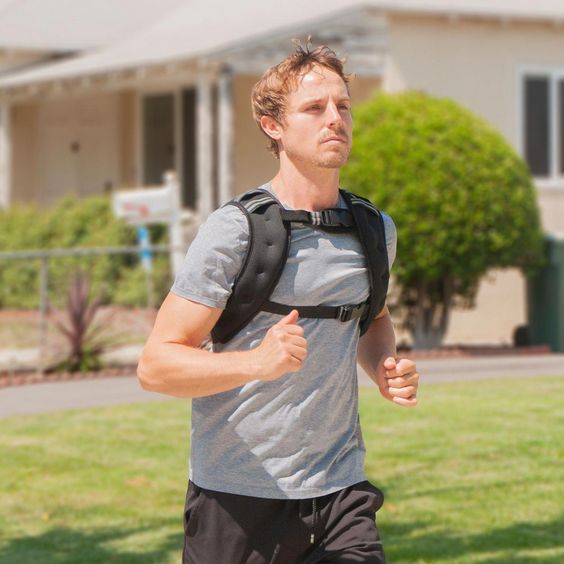

Advanced Bodyweight Exercises
Advanced bodyweight exercises can enhance your strength, power, and hypertrophy. By expanding your exercise repertoire and combining movements, you can challenge your body in new ways.
Expanding Your Repertoire
To advance your training, consider exercises like the handstand push-up and muscle-up. These moves require a high level of strength and control.
Begin with:
- Chin-ups: Great for upper body strength.
- Dips: Target your chest and triceps effectively.
For lower body, try:
- Pistol squats: Single-leg squats promote balance and strength.
- Bear crawls: Engage your core and improve coordination.
Adding isometric holds like the L-sit can build stability and strength. Incorporate these moves into your routine to foster calisthenics skills.
Combining Movements for Complexity
You can create complex movements by combining simpler exercises. For example, a burpee combines a squat, push-up, and jump. This boosts cardiovascular fitness and total-body strength.
You can also try:
- Mountain climbers: A dynamic exercise that improves endurance.
- Jumping lunges: Adds a power element to your standard lunge.
For a full-body challenge, consider circuit training with exercises like:
- Push-ups
- Pull-ups
- Dips
- Squats
By blending these advanced variations, you’ll improve strength and functionality. Keep experimenting to find the right mix that suits your goals.
Optimizing Training for Specific Goals
When aiming to achieve specific fitness goals, it’s essential to adjust your bodyweight training techniques. Focus on exercises that align with your desired outcomes, whether it’s building muscle or improving mobility.
Building Muscle and Strength
To build muscle and strength, prioritize exercises like push-ups, bodyweight squats, and rows. These movements use multiple muscle groups and can be modified to match your skill level.
Training Tips:
- Increase Intensity: Slow your rep speed. For example, take 5 seconds to lower during push-ups. This adds challenge and helps build muscle mass.
- Reps and Sets: Aim for 8-12 reps in each set. Perform 2-4 sets with proper technique to maximize strength gains.
Body Composition Focus: Include bodyweight lunges and glute bridges in your routine. These exercises target major muscle groups and aid in burning fat, helping you achieve a leaner physique.
Enhancing Mobility and Stability
Improving mobility and stability is crucial for overall performance and injury prevention. Incorporate exercises like planks, wall walks, and dynamic stretches into your regimen.
Key Movements:
- Planks: Strengthen the core, enhancing stability for all movements.
- Bodyweight Lunges: Improve lower body mobility while working on strength.
Proper Technique: Focus on form over quantity. Poor technique can lead to injury and hinder progress. Incorporate yoga or dynamic flexibility exercises to maintain joint health. Include rest days to allow recovery and avoid overtraining.
Frequently Asked Questions
When starting with bodyweight training, you might have questions about the necessary gear. The right equipment can enhance your workouts and help you progress effectively. Here are some common questions and answers regarding essential gear for bodyweight training.
What are the basic necessities of equipment for a beginner in bodyweight training?
For beginners, minimal equipment is needed. A good quality mat can provide comfort during floor exercises. You might also consider a pull-up bar or sturdy ledge for exercises like pull-ups. Resistance bands can be useful for added support and resistance.
What equipment is most recommended for home calisthenics workouts?
At home, basic equipment like a pull-up bar, dip bars, and resistance bands is recommended. A mat for floor exercises is also helpful. These items allow you to perform various exercises effectively without needing a full gym setup.
Are there any all-in-one equipment solutions for calisthenics practitioners?
Yes, some equipment serves multiple functions. For example, a set of parallel bars can be used for dips, push-ups, and leg raises. Resistance bands often come in sets with different resistance levels, making them versatile for various workouts.
Can effective bodyweight workouts be performed without any equipment?
Absolutely. Many bodyweight exercises require no equipment at all. Moves like push-ups, squats, lunges, and planks rely solely on your body weight for resistance. These can be very effective for building strength and endurance.
What is considered the best piece of equipment for bodyweight exercises at home?
The pull-up bar is often considered the best piece of equipment for home bodyweight training. It enables a range of exercises for your upper body and core. It’s affordable, easy to install, and takes up minimal space.
How can someone new to calisthenics create an equipment list that covers most exercises?
Start by listing essential items like a mat, a pull-up bar, and resistance bands. Focus on versatile tools that allow for multiple exercises. Aim for options that fit your space and budget while allowing for progression as you advance in your training.
